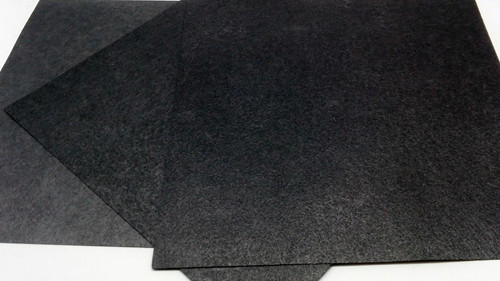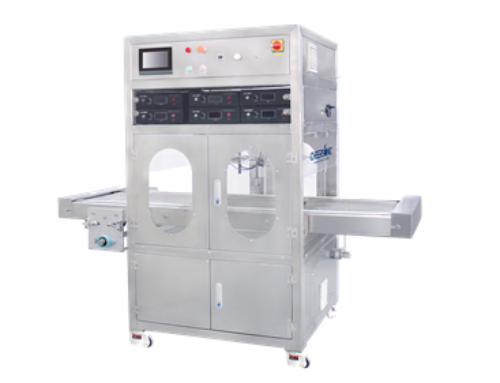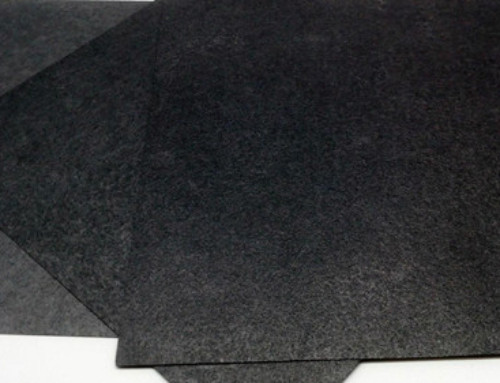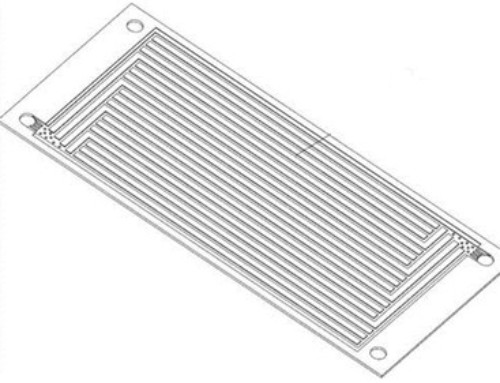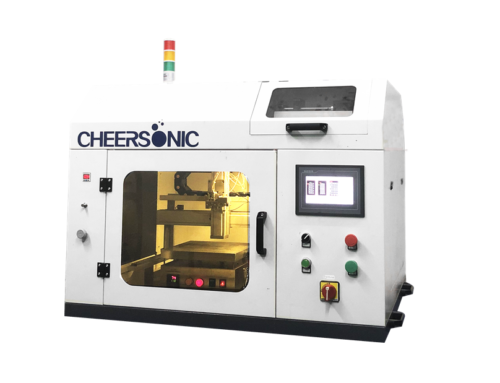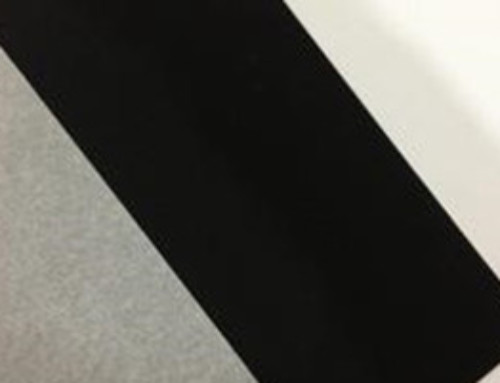Project Description
Introduction to Gas Diffusion Layer
Introduction to Gas Diffusion Layer – Fuel cell for electrochemical reaction
The gas diffusion layer is an important basic material for the manufacture of membrane electrodes. During the electrochemical reaction of the fuel cell, the gas diffusion layer not only provides a transmission channel for gas phase reactants and liquid water, but also provides a conduction channel for electricity and heat. A gas diffusion layer with good performance needs to meet: porous homogeneous structure, good air permeability; strong thermal and electrical conductivity; flat surface, high mechanical strength, and good flexibility, which are beneficial to the manufacture of membrane electrodes and structural stability for long-term use; appropriate affinity The water/hydrophobic balance prevents excessive moisture from blocking the pores and lowering the gas permeability; corrosion resistance and chemical stability are good.
1 Composition and function of gas diffusion layer
The current commercial gas diffusion layer is usually composed of a porous carbon fiber base layer and a microporous layer. The porous carbon fiber base layer mostly uses carbon paper or carbon cloth, with a thickness of 100-400μm, which supports the microporous layer and stabilizes the membrane electrode structure; the microporous layer usually refers to the carbon powder layer on the base layer with a thickness of 10-100μm. The main function is to improve the pore structure of the base layer, reduce the contact resistance between the base layer and the catalytic layer, so that the reaction gas can quickly pass through the diffusion layer and evenly distribute to the surface of the catalytic layer to react, and at the same time drain the generated water in time to prevent the catalytic layer from occurring Flooded. The gas diffusion channels of the microporous layer are made of hydrophobic pores that have undergone a water repellency treatment. Polytetrafluoroethylene (PTFE) is a commonly used water repellent, while the hydrophilic pores that have not been subjected to hydrophobic treatment serve as the transfer channel for product water. .
The gas diffusion layer must not only transmit and evenly distribute the reactant gas and product water, but also stabilize the catalytic layer and conduct the electricity and heat generated by the catalytic layer to the bipolar plate. Therefore, thickness control and material surface pre-treatment Processing is critical. If the diffusion layer is too thick, the mass transfer resistance, heat transfer resistance and resistance will increase, leading to aggravation of mass transfer polarization and ohmic polarization, the battery heats up, and battery performance decreases; if the diffusion layer is too thin, the mechanical strength decreases and is easily damaged. In addition, the gas diffusion layer also plays a role in controlling the moisture of the membrane electrode. The proton exchange membrane in the membrane electrode needs to be wetted to conduct protons. Excessive water flooding the membrane electrode will hinder the transmission and dispersion of the reaction gas and affect the normal operation of the battery. Moisture control can be achieved by adding a humidifying device or using a self-humidifying proton exchange membrane, but more often it uses a diffusion layer to control the membrane electrode by adjusting the content of hydrophobic PTFE in the diffusion layer and optimizing the microporous layer. In the moisture. Hydrophobicity of the gas diffusion layer is an important factor that affects the work of membrane electrodes. Studies have shown that the capillary pressure gradient in the gas diffusion layer is a key factor in the water balance of the fuel cell. The part of the microporous layer with the larger pore size plays a role in draining water The smaller pore size will play the role of retaining moisture, and when the content of small pores is 3 times the content of large pores, the working condition of the battery is the best and the battery performance is playing well.
2 Manufacturing and cost of gas diffusion layer
The base material for the gas diffusion layer is carbon paper, carbon cloth, carbon black paper, foam metal or metal mesh, etc. Different types of base materials have different thickness, porosity and surface resistance, which directly affect the gas permeability and conductivity of the diffusion layer . Carbon paper has the characteristics of light weight, smooth surface, corrosion resistance, uniform porosity and high strength. The thickness can be adjusted according to the requirements of use, so it is more suitable for automotive fuel cells with high durability requirements. However, carbon paper is not strong enough to break easily, and it may also be crushed during the assembly process of the stack. In comparison, carbon cloth has better strength, more flexibility, stronger resistance to breaking, and more void distribution. The water produced by the cathode can be transferred from the diffusion layer to the bipolar plate with less pressure. In the flow channel, the fuel cell stack can meet the requirements of greater limiting current, but the carbon cloth is thicker than the carbon paper, and the surface flatness is poor. It is difficult to ensure the uniform thickness when making the microporous layer on the surface, which will affect the volume power density of the stack. And running durability.
Carbon fiber is an indispensable raw material for preparing carbon paper or carbon cloth. The process of preparing carbon paper from carbon fiber is relatively mature, with stable product performance and good quality consistency. It is more selected as the base material of the gas diffusion layer. When using base materials such as carbon paper or carbon cloth to prepare the diffusion layer, the carbon paper or carbon cloth should be hydrophobicized with polytetrafluoroethylene emulsion, and then the microporous layer should be coated. The main raw material of the microporous layer is carbon powder, which is mixed with PTFE emulsion to form a slurry, and then cast or rolled onto the water-repellent treated carbon paper. After drying, it is baked at 300-400°C. The type, amount of carbon powder and amount of PTFE used in the preparation of the microporous layer all have an impact on the quality of the gas diffusion layer, and the modification of the microporous layer and the optimization of the physical structure can further improve its water management function.
The manufacturing cost of the gas diffusion layer based on carbon fiber is relatively high. The U.S. Department of Energy (DOE) has estimated based on the gas diffusion layer produced by Ballard. If the output of the gas diffusion layer can meet the production of 100,000 sets of proton exchange membrane fuel cell systems for vehicles per year, the cost will be 4.5 USD/ kW, accounting for 9% of the total cost of the fuel cell system; if it is satisfied that the production of 500,000 sets of proton exchange membrane fuel cell systems for vehicles per year is met, the cost is 2.7 USD/kW, accounting for the total cost of the fuel cell system down to 6 %. It can be seen that large-scale mass production is indeed conducive to reducing the production cost of the diffusion layer, but it cannot become a reality in the short term. Therefore, it is more practical to develop a lower cost gas diffusion layer. The carbon black paper prepared by mixing carbon black and PTFE binder and then rolling it has low cost, electrical and thermal conductivity and air permeability can meet the requirements of fuel cell diffusion layer performance, but there are still problems in the mechanical strength of this type of material.
